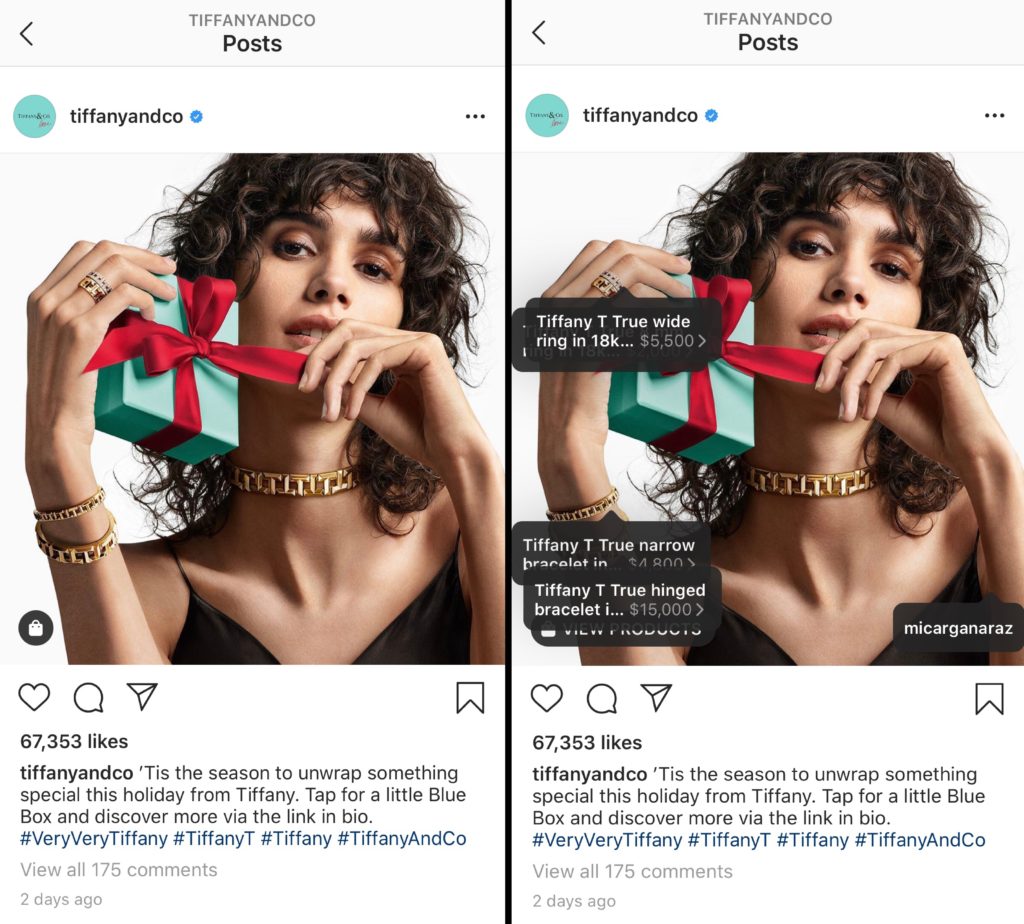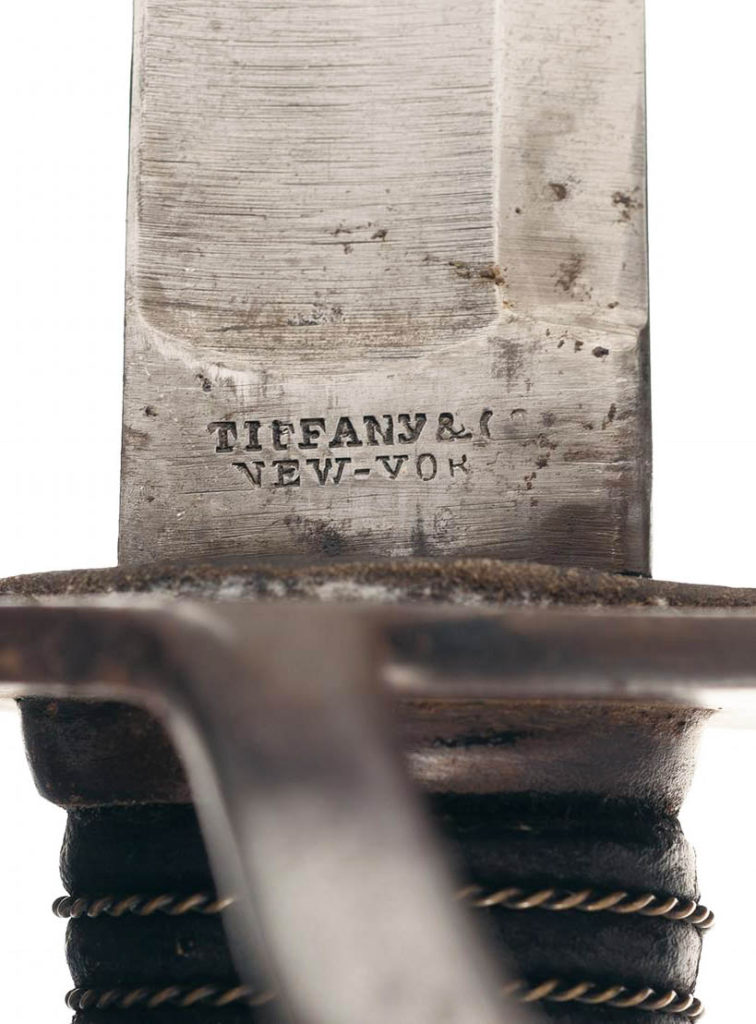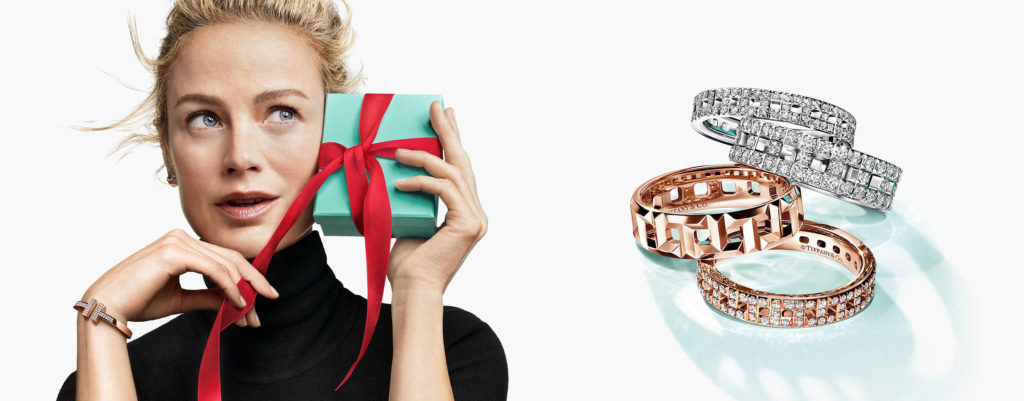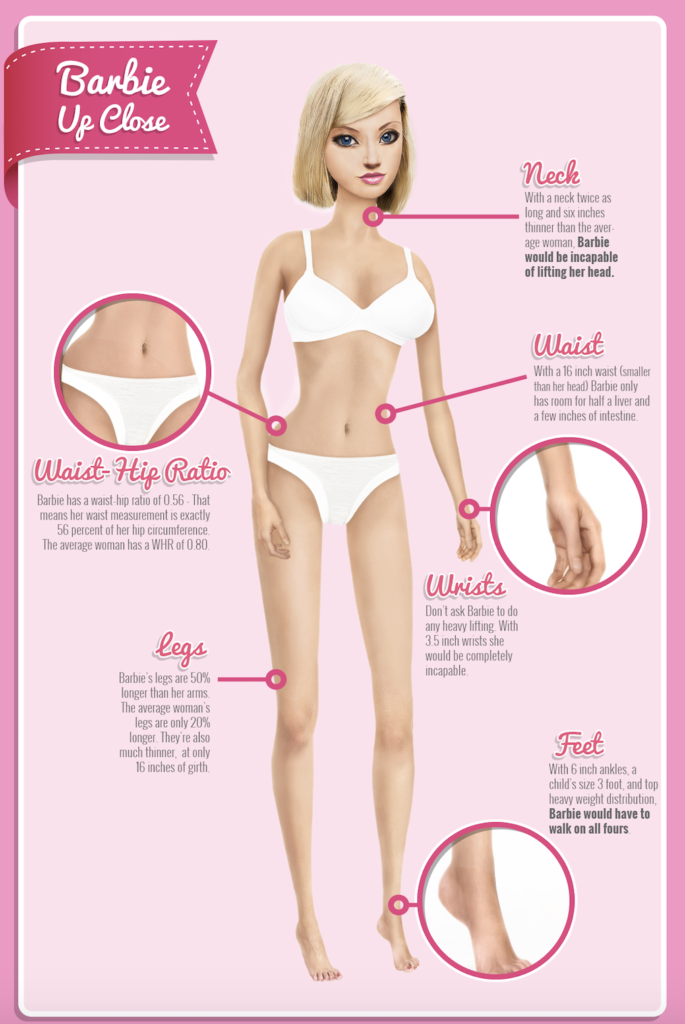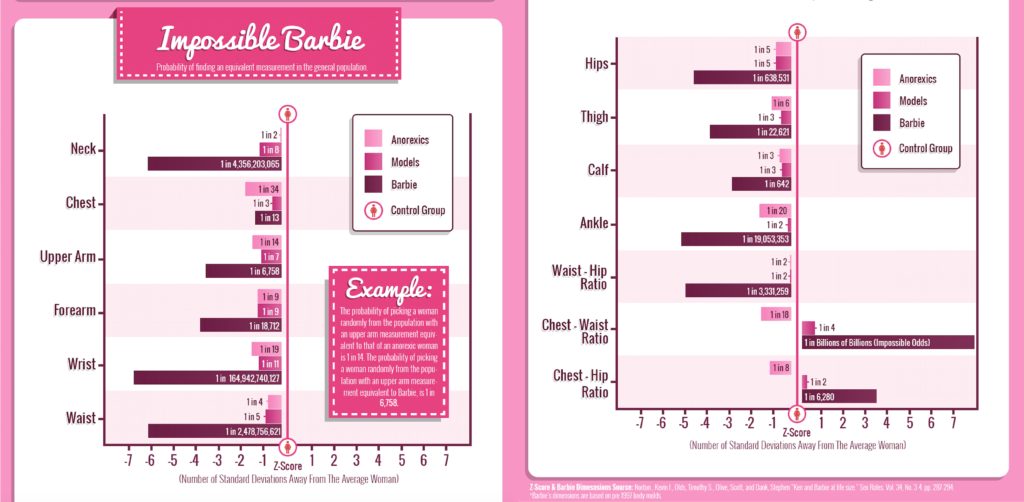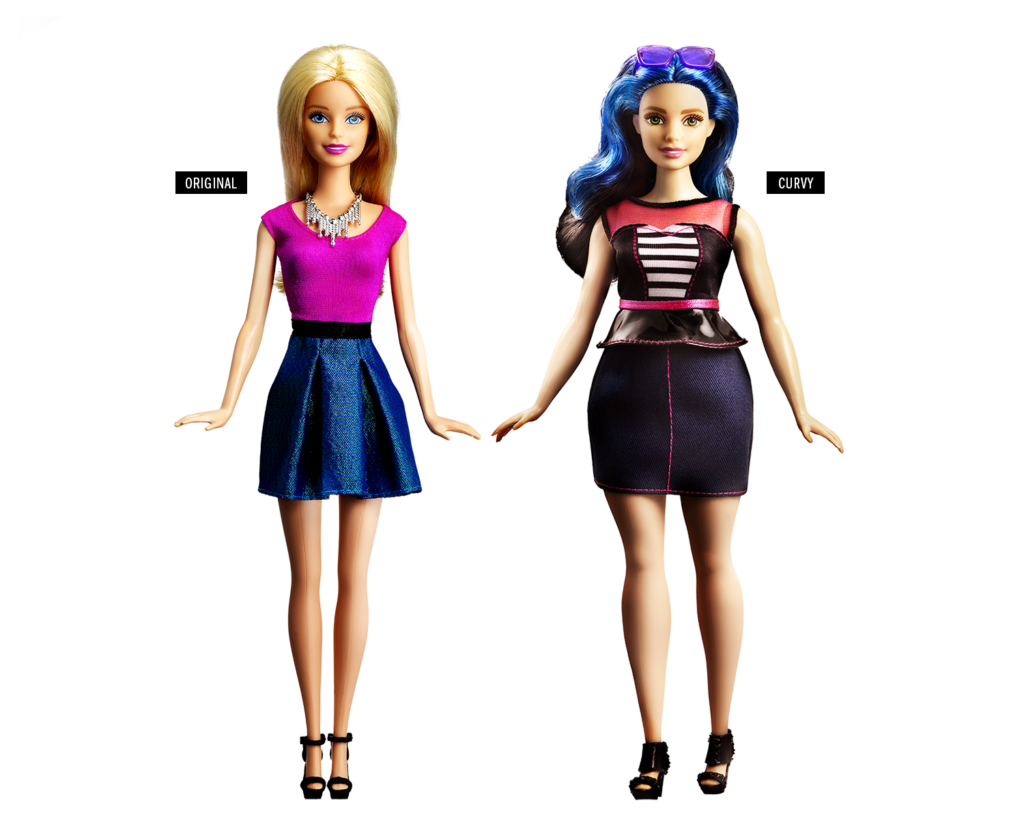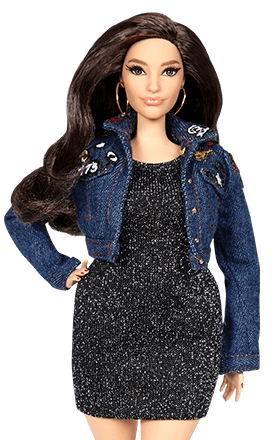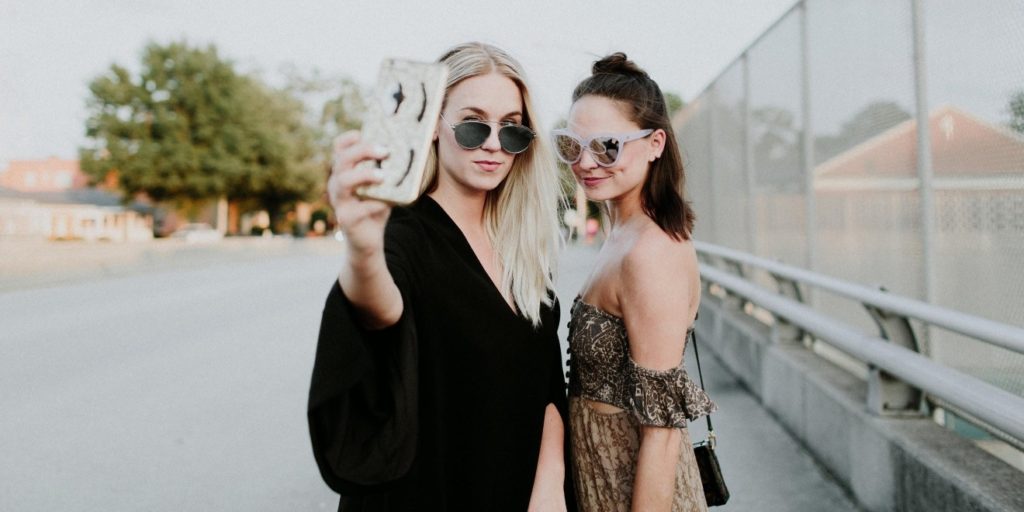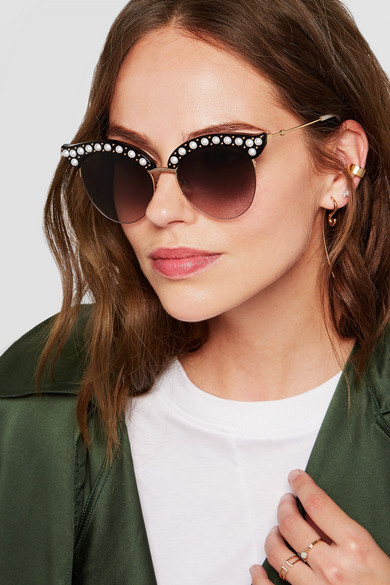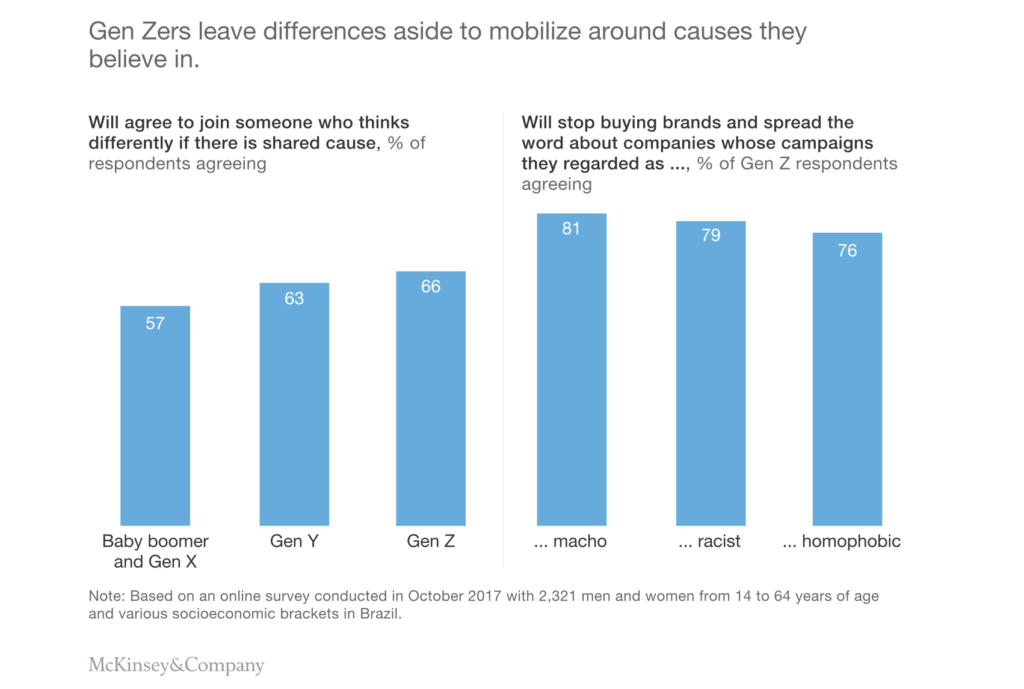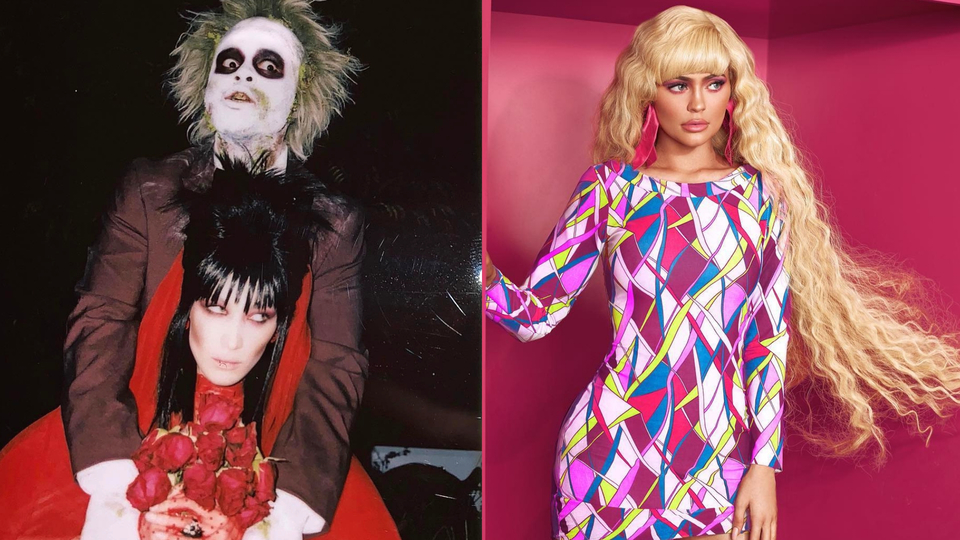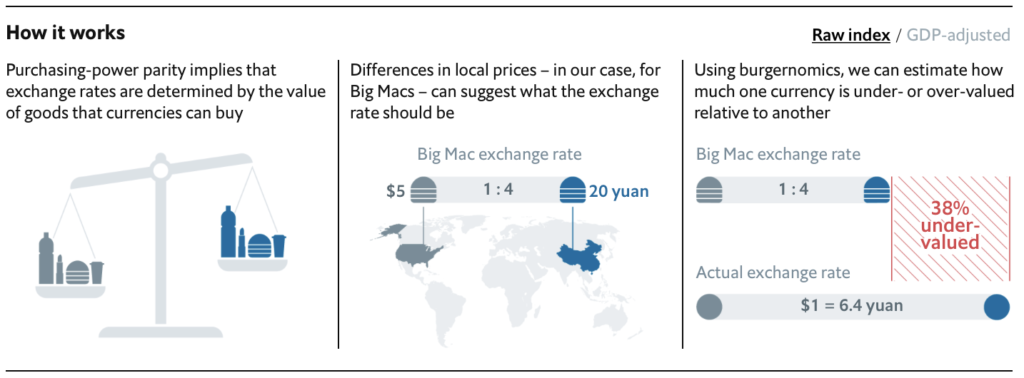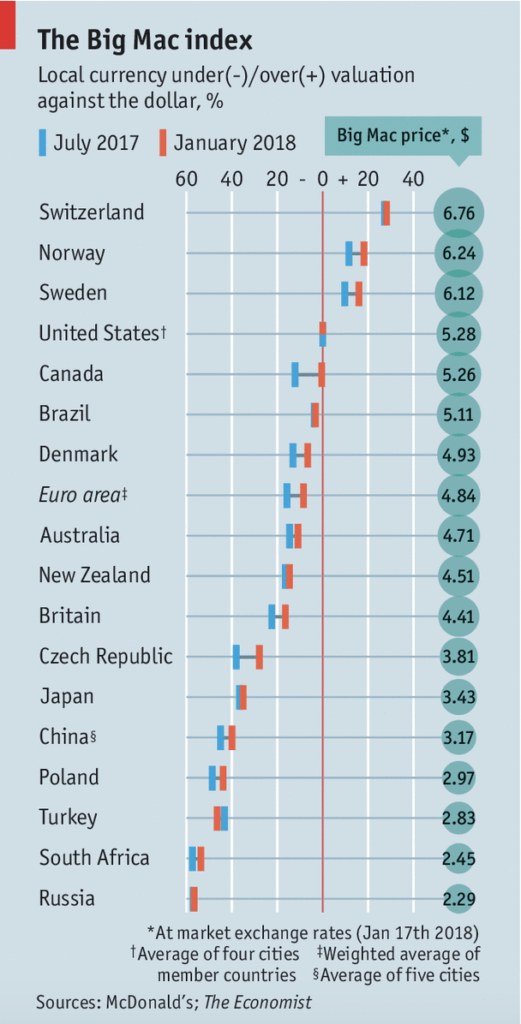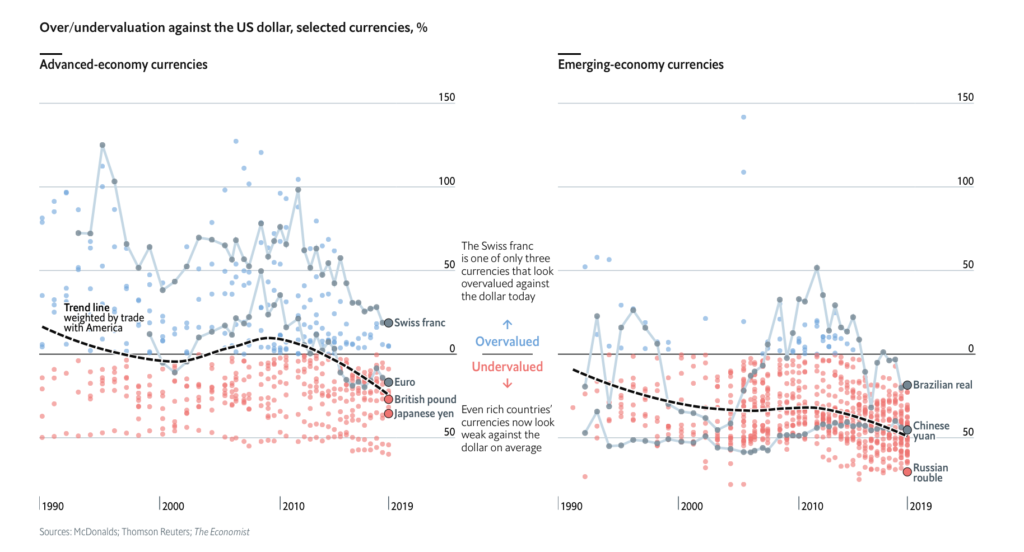
As frivolous middle schoolers, my friends and I used to throw watch parties for the Victoria’s Secret Fashion Show. The lingerie brand was all the rage, and VS Pink was our home. Now, the brand, especially VS Pink, is almost as cringy as Abercrombie. How do I know these sentiments apply to most others? I surveyed 20 girls between the ages of 18 and 22. A brand that used to be on top of the world is now on the outs with its young fan base, an angel fallen from grace.
The Golden Age
One day, Roy Raymond went shopping for a new set of lingerie for his wife and felt extremely uncomfortable. He didn’t want to feel like a pervert in a lingerie store. Somehow, Raymond, a Stanford graduate, had the brilliant idea to create a store where men could comfortably shop for women’s undergarments. It was complete with black leather couches, dark wood, and silk drapes. The store, catalogs, and even products were made with men in mind, not women. It’s no surprise that it didn’t go anywhere.

Raymond might have unknowingly sent a bat signal, because Les Wexner came to his rescue. The owner of L brands saw something in Victoria’s Secret, so he acquired it for $1 million and completely rebranded. It became a bright, colorful, glamorous fantasy for women. Wexner created a 19th century English boudoir crowdsourced from every woman’s imagination, and made it affordable for all kinds of shoppers.
From there, it was only uphill. The famous fashion show began in 1995, and when it aired online in 1999, its 1.5 million viewers crashed the site. Body by Victoria, the comfort bra line, made the brand the ultimate lingerie destination. In 1997, the term “Angels” became synonymous with the Victoria’s Secret when Helena Christensen and Tyra Banks modeled the “Angel’s Underwear Collection” in a TV advertisement. These models, along with Gisele Bündchen, Adriana Lima, and so many others can thank Victoria’s Secret for their claim to fame.
With such a successful brand complete with it’s own celebrities and experiences, why not start PINK, a location for the teenage audiences. Victoria’s Secret and L Brands was taking the world by storm. Until they weren’t. For some angels, it’s difficult to maintain the rouse of perfection, but it’s almost as if Victoria didn’t even try. Honey, did it hurt when you fell from heaven?
Victoria’s Secret is Out, and it’s Not So Sexy
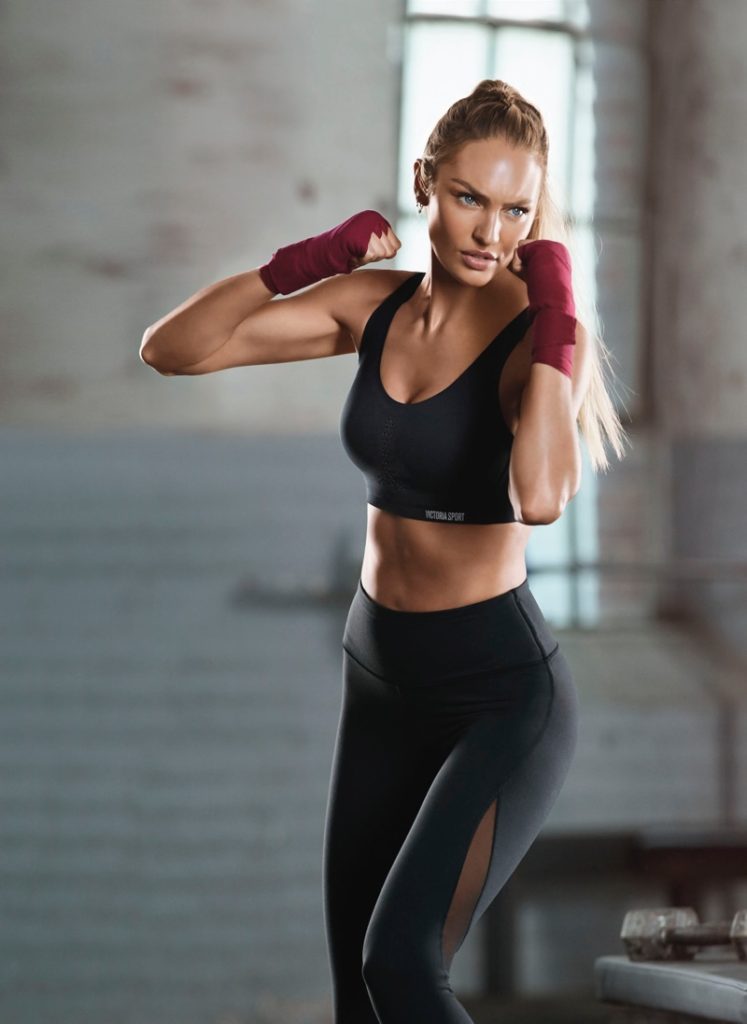
What exactly lead to the Lingerie giant’s downfall? The answer is a collection of very, very bad occurrences. First, the brand failed to capitalize on the bralette and athleisure trend. By the time they came out with their line of sports bras, leggings, and other sporty wear, it was too late. When Victoria wasn’t looking, Lululemon and Nike stole her thunder. It happened again with the body positivity movement. Women began looking for comfortable, natural looks. The hot pink lace just wasn’t working anymore, but Victoria was too high on life (or profits, rather) to notice. Enter: Arie, Savage x Fenty, and the other brands who welcomed an army of women representing all shapes and sizes. Victoria lost her appeal, failing to understand the “new sexy.” More than that, she stumbled into a series of scandals.
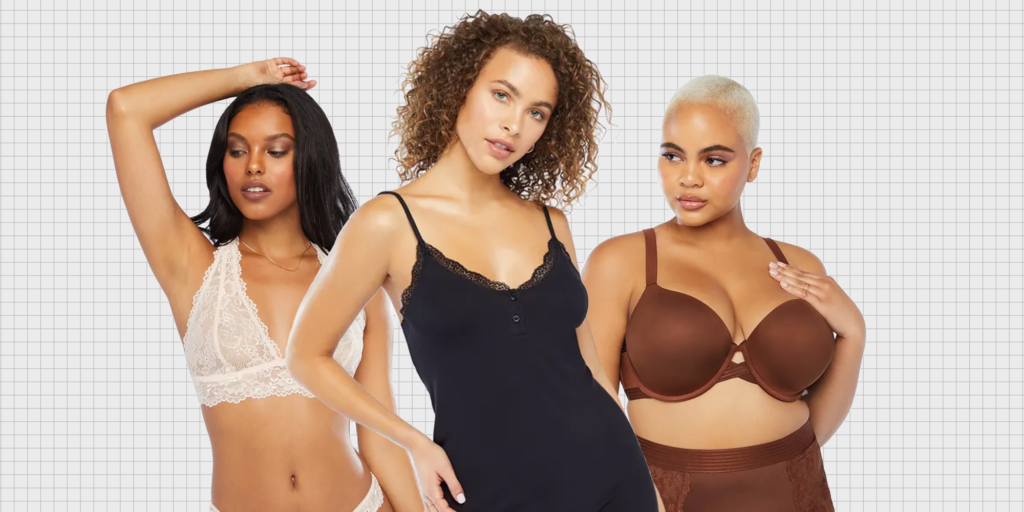
The first came in 2011, when it was discovered that 13-year-old Clarisse Kambire was picking cotton in West Africa, sleeping on a plastic mud mat, threatened with violence, and subject to other horrible conditions. A detailed Bloomberg report found that this girl and her cotton eventually became Victoria’s Secret products. L Brands quickly released their Modern Slavery Transparency Statement to comit to ensuring that no forced or child labor is used during the creation of their products. This statement is still linked on the bottom of the Victoria’s Secret website. People were not pleased with this news, and it became a bit of a nightmare for L Brands. This constitutes scandal number 1.
Scandal number 2? Victoria’s Secret’s unfortunate ties to Jeffery Epstein. Over a decade ago, Les Wexner considered Epstein “a most loyal friend” with “excellent judgment and unusually high standards.” Somehow, Epstein was placed in charge of all of Wexner’s finances and became very close to the Victoria’s Secret brand. The New York Times reported that Alicia Arden, a Californian model in 1997, was invited by a “scout” to a Santa Monica hotel room to audition for a Victoria’s Secret catalog. When she arrived, this “scout” tried to grab her and undress her, causing her to cry and flee. This man was Jefferey Epstein, and the New York Times claims that Wexner was alerted of Epstein’s recruiting rouse by two executives. Another incident involved Maria Farmer, an artist working in Les Wexner’s mansion. While she was there, she claims that she was sexually assaulted by Epstein. She fled and attempted to contact the authorities, but the Wexner staff refused to let her leave for 12 hours. With both of these incidents, it is assumed that Les Wexner supposedly protected Epstein’s reputation. Whatever the truth may be, any connection to Epstein is a detrimental one.

Then came Ed Razek’s big mouth. In a Vogue interview in 2018, Razek began to spiral into a defensive tornado. He went spoke about diversity and the criticism he receives every year around the time of for the VS Fashion Show. He claimed that they “attempted to do a television special for plus-sizes [in 2000]. No one had any interest in it, still don’t.” In this rant, he concocted his own question, “shouldn’t you have transsexuals in the show?” He responded to himself by saying no, the show is a fantasy for women and an entertainment special.
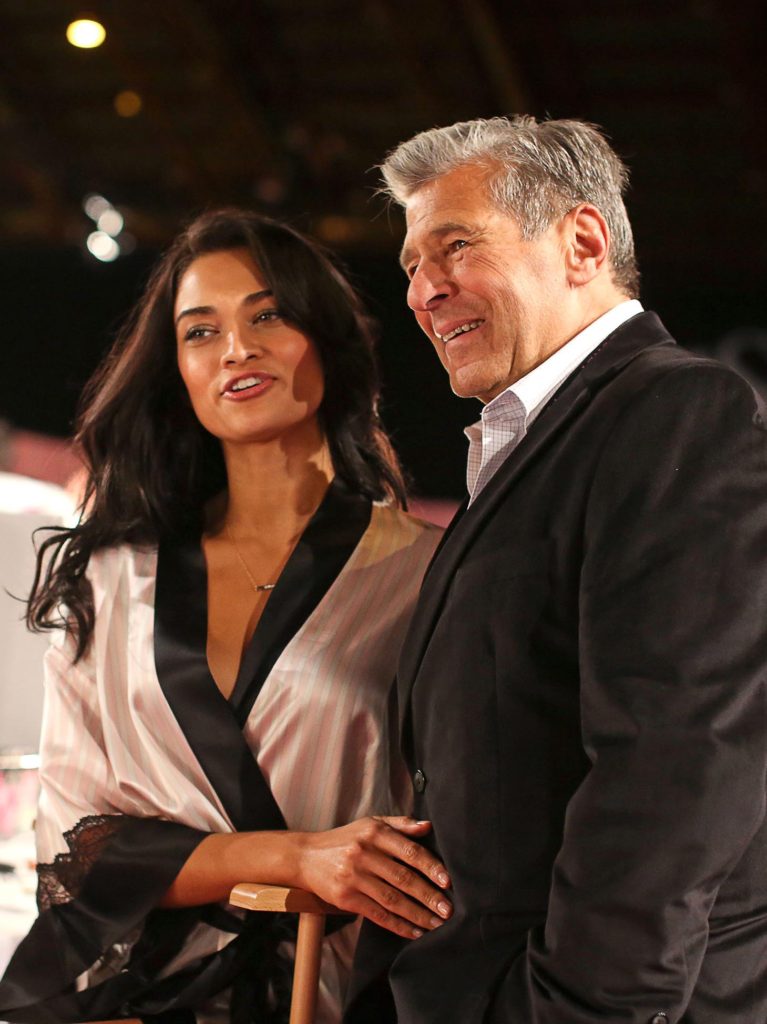
Problem number one, Razek referred to transgenders as transexuals. I wasn’t aware that this was problematic until I researched the term. Transgender youtuber, Gigi Gorgeous, posted an entire video attacking Razek’s statements, and Transgender model Carmen Carrera stated in an Instagram post, “I wish certain people would see beyond viewing me as just a “transsexual” I am way more than that, @victoriassecret. #EdRazek.” According to GLAAD, the Gay & Lesbian Alliance Against Defamation, “transexual” can be very offensive. It is an incomplete, narrow, and dated term originated by the medical and psychological communities.
The other issue with Razek’s statements is the implication that only the Victoria’s Secret Angels are the “ideal woman” or the “fantasy” that everyone should aspire to. This alienates plus size models, transgender models, and anyone else that doesnt fit the VS Angel measurements. The lingerie brand ThirdLove, known for its plus-sized inclusion, responded with a scathing open letter to Victoria’s Secret. Some of the comments in the letter include “your show may be a “fantasy” but we live in reality,” and “please stop insisting that inclusivity is a trend.” The letter continued with an explanation that ThirdLove is the antithesis of Victoria’s Secret, and stated “You may have been a woman’s first love, but we will be her last.”
One evening in 2017, my aunt told me that I should be a Victoria’s Secret model. At that time, there was a website where you could upload your headshot and measurements. If you did not meet the body size requirements, you would not be considered. Roughly, the measurements were a fairly large bust size, small waist, and a height of at least 5’8. Today, I attempted to find this same casting site again, but it has since been taken down. It’s clear that although Victoria’s Secret sources models from all over the world, they all have exactly the same body size. This alienates the majority of the human population, including my 5’5 self. As we’ve seen, Millennials and Gen Zers do not respond well to this “one size fits all” scenario. Brands like ThirdLove, Savage x Fenty, and Arie are taking Victoria’s Secret’s business because it resisted change for too long.
Victoria Tries to Catch Up
The L Brands earnings report is abysmal. The stock has been sinking steadily for five years and Victoria’s Secret’s operating income is down in just a year from $211.6 million to -$31.8 million. Bath & Body Works is picking up the slack that Victoria’s Secret is creating, but it isn’t enough. VS sales are falling like no other, and L Brands has finally decided to take action.

Two important things happened in August of this year. First, Ed Razek, CMO and President of L Brands, stepped down from his positions. In his letter to the company, Razek explained that he felt that it was time for him to retire, but I wouldn’t be surprised if he was pressured to leave. Les Wexner had a memo of his own which praised Razek but was also future-facing and focused on change. Another historical event took place in August: Victoria’s Secret hired its first transgender model, Valentina Sampaio. Is this pandering? It could be. Regardless, L Brands got rid of Razek and ushered in Sampaio, so at least they’re trying.
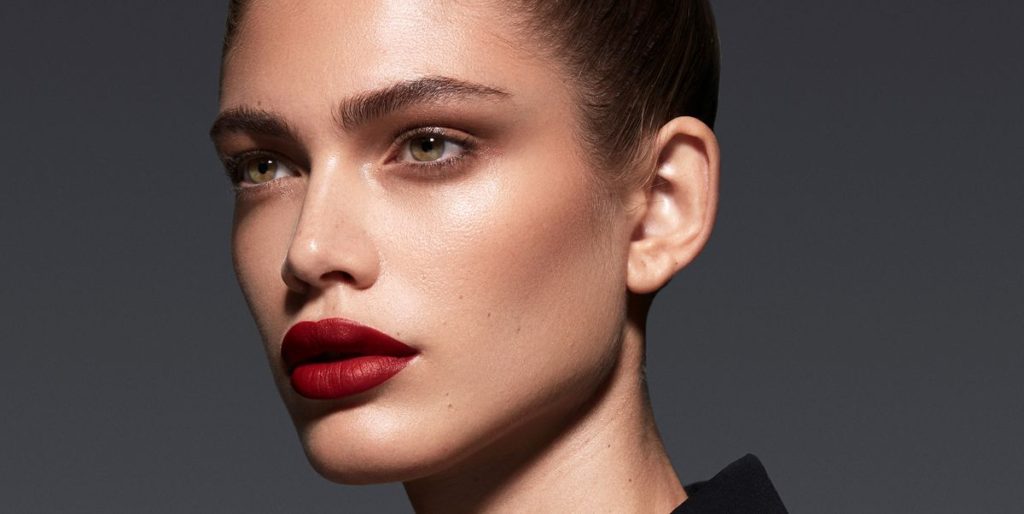
Victoria’s Secret also announced to investors that it will be closing stores across the nation, and on November 21st, the world learned that the annual VS Fashion Show has been cancelled. If the brand had continued with the show this year, they would’ve spent a fortune and hired a more diverse cast of models, which I doubt they are ready for. Victoria’s Secret casted Valentina Sampaio, but all of the marketing on their website and social media still lacks diversity and change. They’re taking baby steps, and it could be a long time before we see any leaps.
What the Future Holds
So what’s in store for Victoria’s Secret? It’s hard to say if they will truly cater to the new generation’s wishes. From interviewing around campus, I’ve learned that many girls still own and purchase Victoria’s Secret products. My first training bra was from Justice, but I patiently waited for the moment when my mom would finally let me shop at Victoria’s Secret, the ultimate right of passage. The brand still holds sway in the hearts of young women, but if they want to continue their legacy, they must make themselves a brand that millennial mothers will want to pass on to their children.

